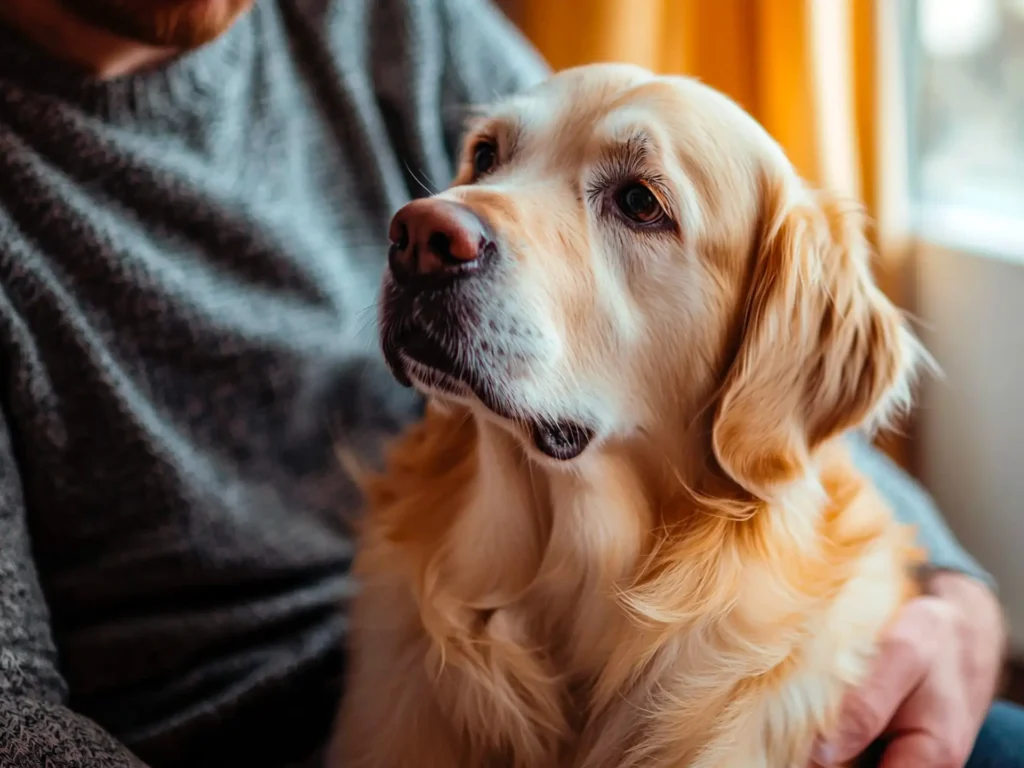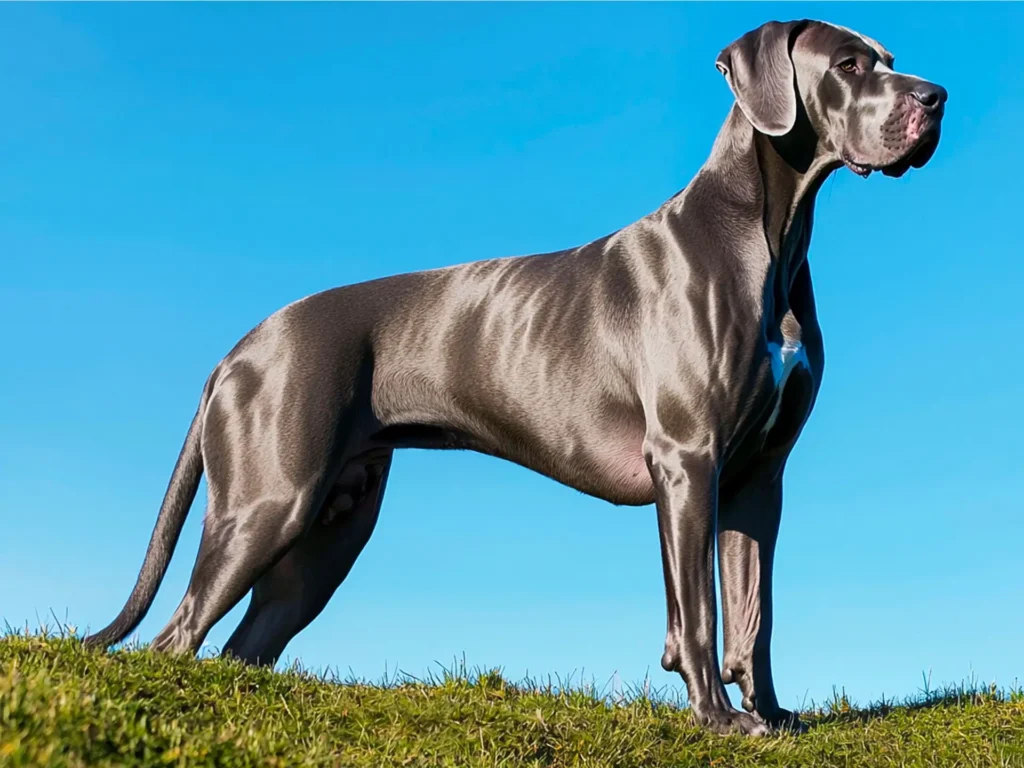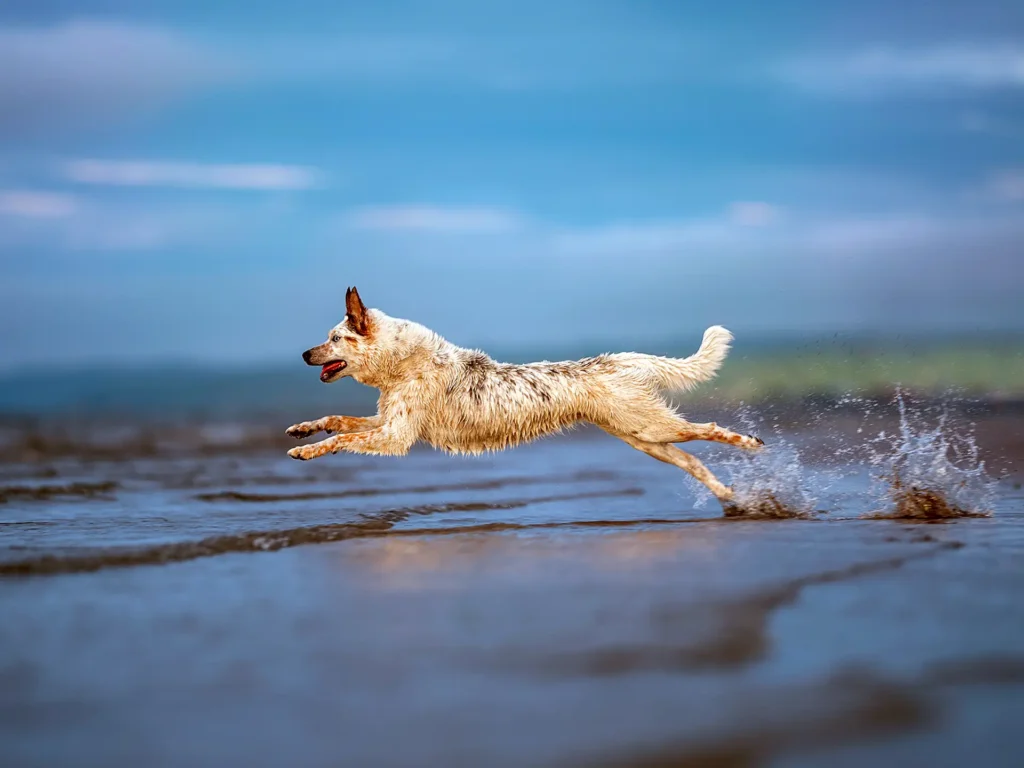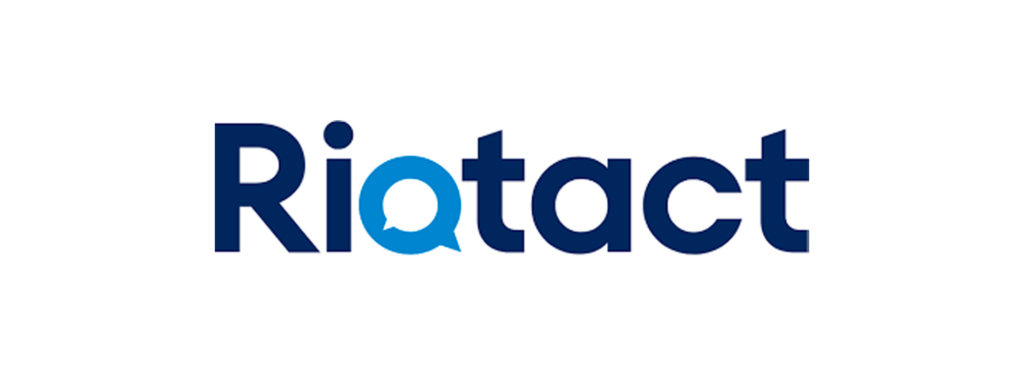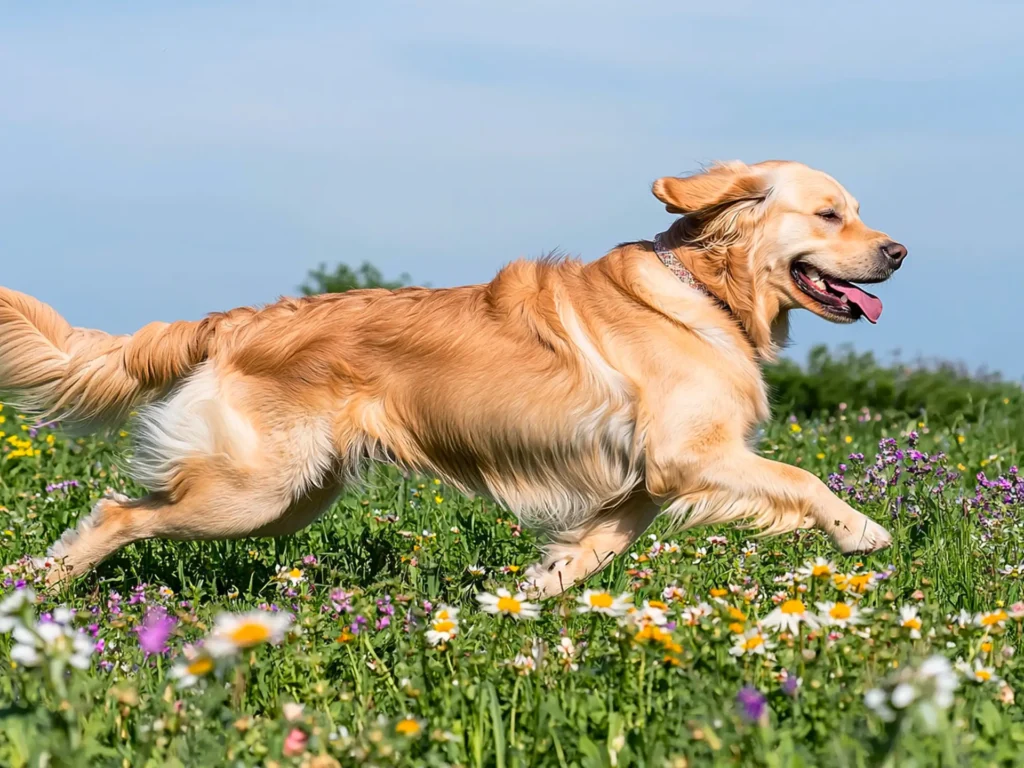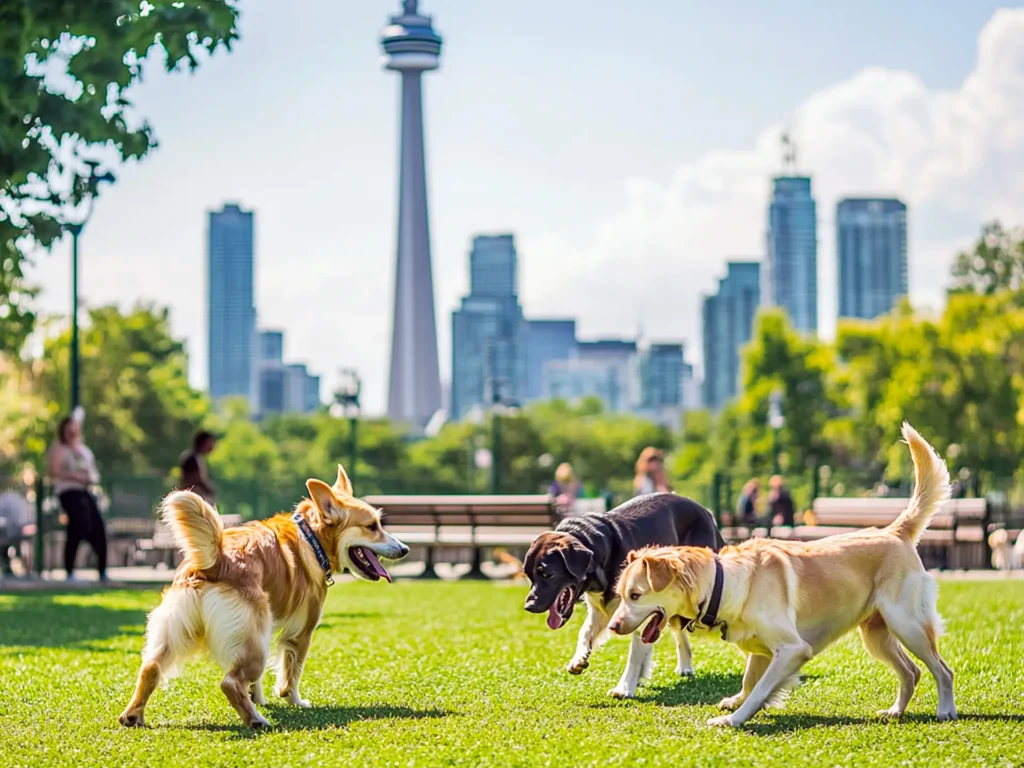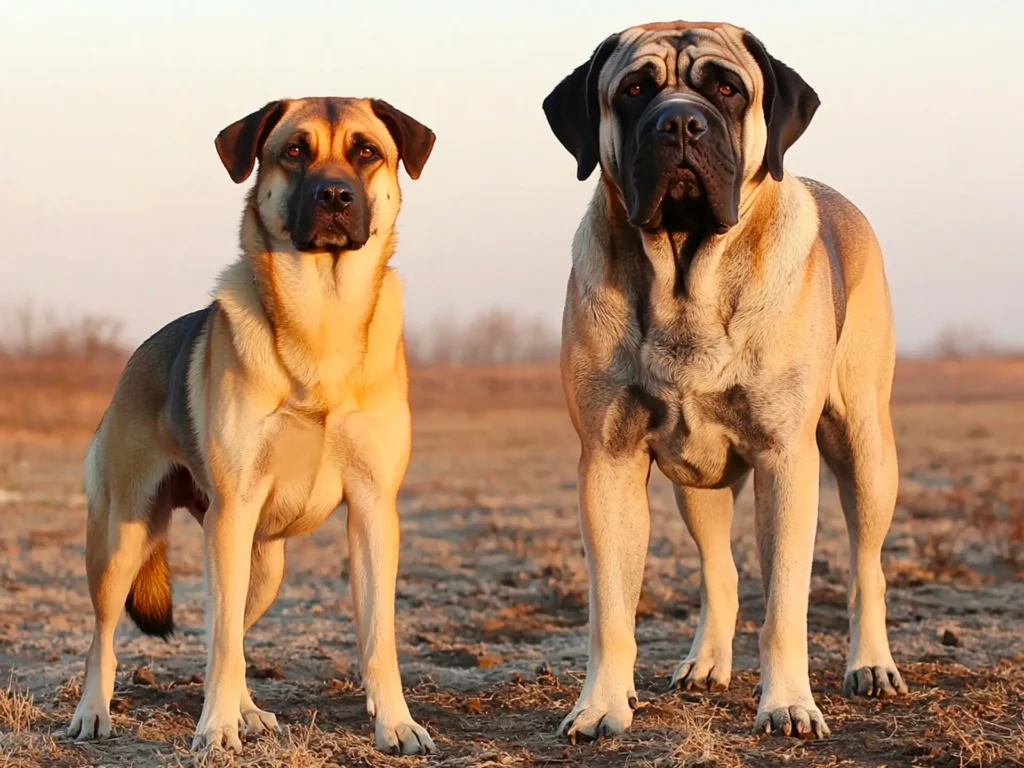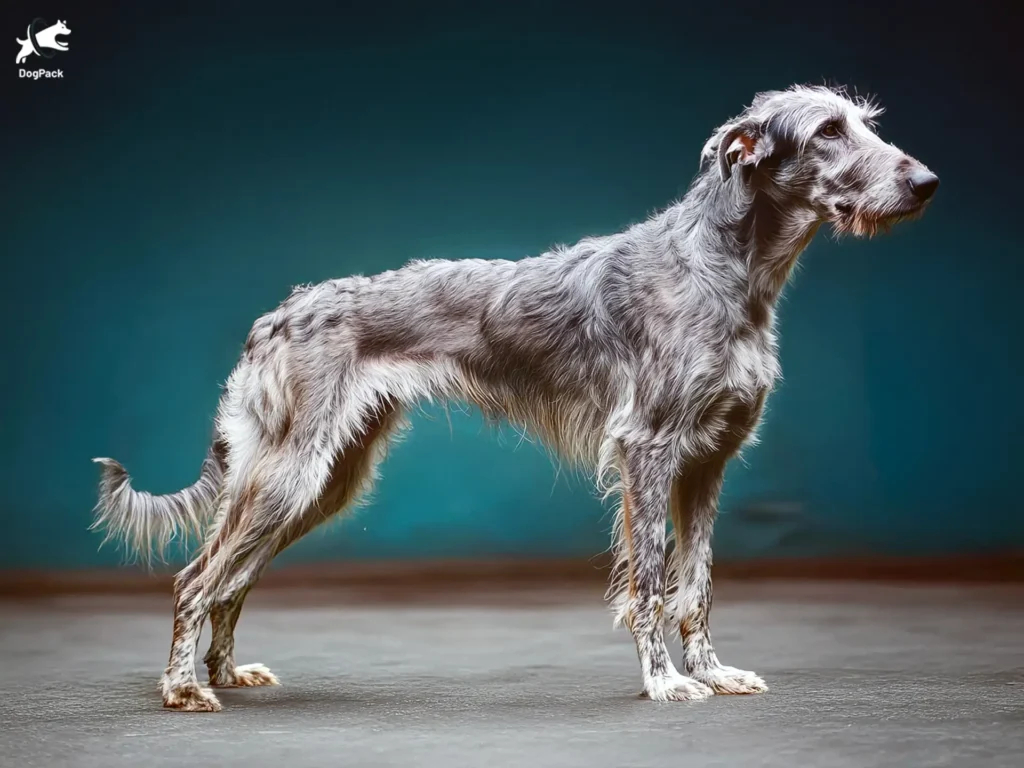DogPack’s Latest Blog posts
Get the DogPack App Today!
Connect. The Ultimate App for Dog Owners
Find dog-friendly parks, connect with local dog owners, and keep your pet safe—all in one place. With DogPack, explore the best places for your pup, share photos, and even help reunite lost dogs with their families.
Dog-Friendly Parks & Businesses
Dog Owners
in Our Community
Proudly Featured in:
Small but Sassy: 7 Tiny Dog Breeds With Giant Attitudes
Some dogs are small enough to fit in a purse, but don’t let their size fool you. These tiny pups have personalities that could fill a football…
What Your Dog’s Breed Says About You (Some of This Might Sting)
🐶 You Are Who You Leash You didn’t just choose a dog. You picked a personality match, a lifestyle statement, and maybe even a subconscious reflection of…
Spring Activities for Dogs: 15 Unforgettable Ideas (+ Pro Tips)
Spring is the perfect season for unforgettable outdoor adventures with your dog. From blooming meadows to fun community events, there are countless spring activities for dogs that will make…
Dog Breeds from Mexico: A Complete Guide to Ancient & Modern Canines
I still remember the first time I stumbled upon a Mexican hairless dog—known locally as a Xoloitzcuintli. I was traveling through a small town in the heart…
Dog-Friendly Cruise Lines: The Best Cruises for You and Your Pup
If you’ve ever daydreamed about setting sail on the open ocean with your four-legged companion by your side, you’re not alone. Many dog owners yearn to explore…
Best Dog Breeds for First-Time Owners: A Newbie’s Guide to Finding the Perfect Pup
So, you’ve decided to bring a dog into your life for the very first time—congratulations! As thrilling as it is to picture morning cuddles and wagging tails,…

Most Popular Posts
Featured Dog Breeds
Golden Retriever
The Golden Retriever is a friendly, intelligent breed known for its loyalty and versatility. This…
Scottish Deerhound
The Scottish Deerhound, a graceful sighthound, is known for its speed, loyalty, and gentle nature…
French Bullhuahua
The French Bullhuahua, a mix of French Bulldog and Chihuahua, is a lively, affectionate companion…


